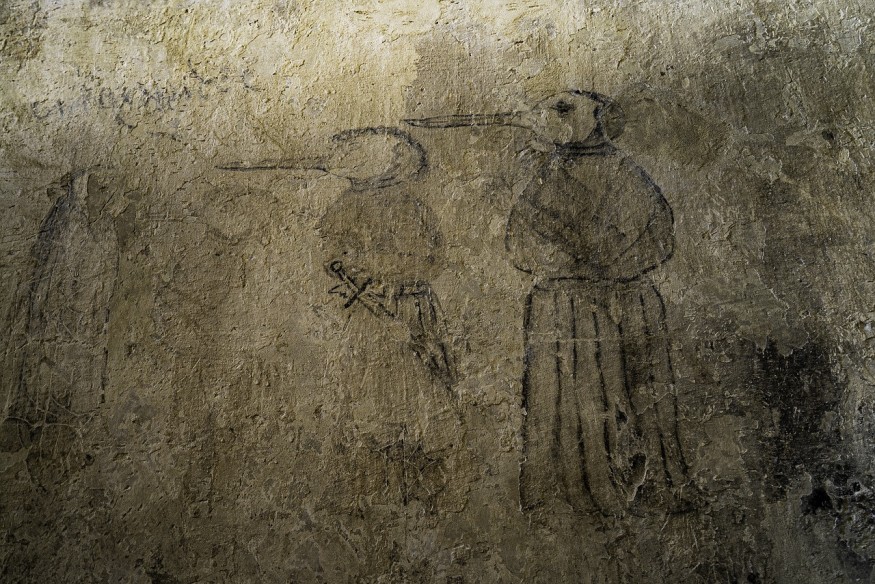In the Eastern Mediterranean region, several Bronze Age human civilizations began to decline simultaneously thousands of years ago. The Akkadian Empire and the Old Kingdom of Egypt both fell apart, which caused a widespread social crisis across the Ancient Near East and the Aegean that resulted in reduced populations, a decline in trade, massive damages, and significant cultural changes.
Initially, scientists thought it was because of climate change and shifting allegiances that caused the drastic decline of ancient human civilizations. However, they identified a new culprit from some fossilized bones.
Extinct Pathogens Responsible for Ancient History's Most Significant Diseases
Archaeogeneticist Gunnar Neumann of the Max Planck Institute for Evolutionary Anthropology led the research team who analyzed the excavated remains from an ancient burial site in a cave called Hagios Charalambos in Crete. According to Science Alert, the team found some genetic evidence of the pathogens that may be responsible for the two most significant diseases in history.
The team said that typhoid fever and the plague were widespread illnesses caused by pathogens that should not be discounted as reasons for causing societal changes around 2200 BCE.
They wrote in their paper, titled "Ancient Yersinia pestis and Salmonella enterica genomes from Bronze Age Crete," published in the journal Current Biology, that these two virulent pathogens emerged at the end of the Early Minoan period in Crete that possibly contributed to the transformation of early complex societies.
The bacterium Yersinia pestis caused three devastating global pandemics that killed tens of millions of people. Technological and scientific advances showed its lost history from the ancient DNA found in the old bones the team analyzed. Genomic evidence showed that it was unlikely to impact ancient societies in warmer climates because of the degradation of DNA in higher temperatures.
They recovered the DNA from 32 individuals who lived between 2290 and 1909 BCE that showed not only Y. pestis but also two Salmonella enterica lineages, a bacterium responsible for typhoid fever. The two pathogens were transmissible in Bronze Age Crete, but are now extinct, so it is harder to determine how they might have infected communities.
They hypothesize that the Y. pestis could not have been transmitted via flea, so it could be transmitted via aerosols. Meanwhile, the S. enterica also does not have traits that cause severe disease, so its transmission route remains unknown.

Infectious Diseases Major Factor for the Decline in Ancient Civilization
Even though it is unlikely that either or both of the two extinct pathogens were the only ones to blame for the changes in ancient civilizations in the Mediterranean region at the end of the 3rd millennium BCE, DNA evidence showed that infectious diseases are a major factor in their decline.
Asiana Times reported that both illnesses might be introduced to people and their cattle and climate change must have caused a shortage in clean drinking water that led populations to become more susceptible to infectious diseases.
Since both pathogens are extinct and no traces of them are found in the bones, archaeologists usually miss them. However, archaeological investigations also reveal that such pathogens have afflicted ancient civilizations and tell the story of how they lived, their health, and the evolution of the pathogens.
The team recommends more detailed genetic screening of more remains from the Eastern Mediterranean to unravel further the mystery of how extinct pathogens could have affected ancient history.
RELATED ARTICLE : Melting Permafrost Could Mean Return of Ancient Diseases
Check out for more news and information on Medicine and Health in Science Times.











